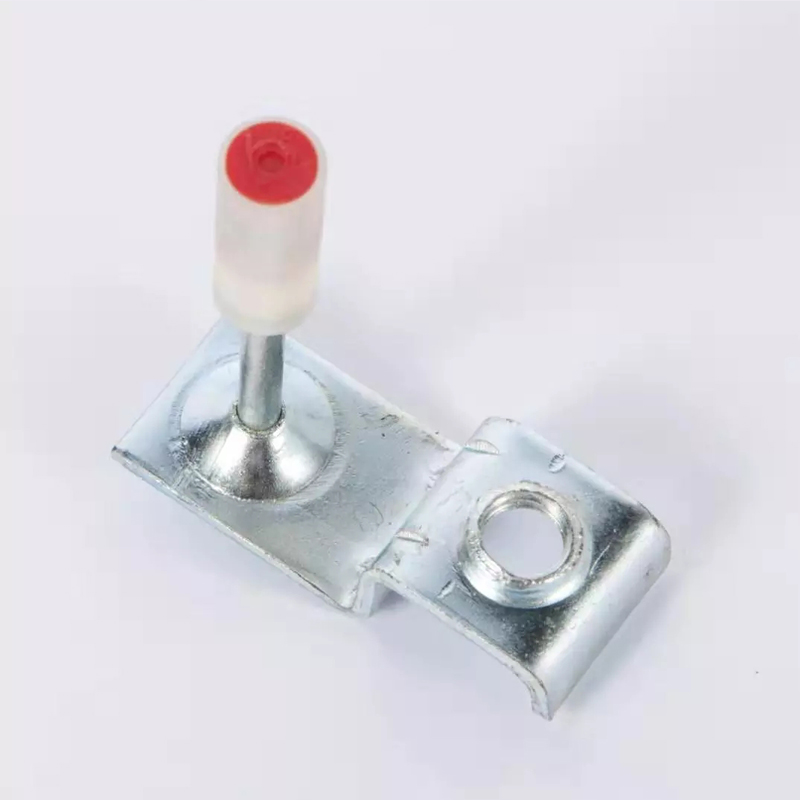Exploring the World of Common Nails The Unsung Heroes of Construction
In the realm of construction and DIY projects, few materials are as ubiquitous and essential as common nails. Often overlooked, these small metal fasteners play a crucial role in ensuring the structural integrity and durability of a wide variety of projects. Whether you’re assembling furniture, building a shed, or constructing a home, common nails are designed to hold everything together.
What Are Common Nails?
Common nails, also known as framing nails, are a specific type of nail characterized by their thick shank and flat head. They are typically made of steel and come in varying lengths and gauges to suit different applications. The design of a common nail allows it to provide superior grip and resistance to pull-out forces, making it an ideal choice for fastening wood and other materials used in both heavy-duty construction and everyday projects.
Types and Sizes
Common nails are available in a range of sizes, typically defined by their length and gauge. The gauge refers to the wire thickness used to manufacture the nails, with a lower number indicating a thicker nail. Common sizes range from 3d (1.25 inches) to 60d (6 inches), allowing builders to select the most suitable nail for their specific needs. For example, shorter nails are ideal for lightweight tasks such as assembling wooden frames, while longer nails are better suited for sturdier constructions, like securing floorboards or roofing.
Applications in Construction
The versatility of common nails makes them indispensable in multiple construction applications. They are primarily used for framing and are typically driven into wooden studs, joists, and beams to create a solid framework for buildings. In addition to framing, common nails are essential for tasks such as attaching plywood sheathing, roofing, and subflooring.
Moreover, common nails are often used in flooring installations, cabinetry, and furniture making. Their reliability ensures that items maintain their structural form over time, resisting any potential shifts or warps. In addition to wood, common nails can also be used with other materials, providing a versatile fastening solution in various environments.
30d common nails

Nail Driving Techniques
When it comes to using common nails, the method of driving them into materials can significantly affect the overall result. Traditionally, a hammer is employed to drive in nails, offering a hands-on approach that many skilled craftsmen enjoy. However, for larger projects, a nail gun can expedite the process, ensuring consistent placement and reducing the time spent on each task. These tools utilize compressed air or electricity to deliver rapid fire, making it easier to handle extensive framing or sheathing projects without causing fatigue.
Limitations of Common Nails
While common nails are an excellent fastening solution, they do have limitations. For heavy-duty applications or situations involving heavy loads, such as in masonry work or under extreme tension, alternative fasteners like screws or anchors may be more suitable. Additionally, common nails are not well-suited for outdoor use unless properly coated with a protective finish to resist corrosion. This is especially important in regions with harsh weather conditions where rust can compromise the integrity of the fastener.
The Sustainability Factor
In recent years, the construction industry has increasingly focused on sustainability. As common nails are typically made from steel, a recyclable material, their environmental impact can be minimized through responsible sourcing and recycling practices. Builders can prioritize eco-friendly projects by utilizing locally sourced materials and ensuring that end-of-life nails are appropriately recycled rather than discarded.
Conclusion
Common nails are a vital yet often underappreciated component of the construction and DIY world. With their robust design and versatility, they provide the necessary support for frameworks, furniture, and a wide range of projects. Understanding their applications, limitations, and proper usage can lead to better project outcomes and a more efficient building process. As we move forward, recognizing the significance of these small but mighty fasteners paves the way for innovation and sustainability in the construction industry, highlighting their role as true unsung heroes in our built environment.

















